COFUND PhD position - Corrosion / HYCOAST
| ABG-133823 | Sujet de Thèse | |
| 14/10/2025 | Financement de l'Union européenne |
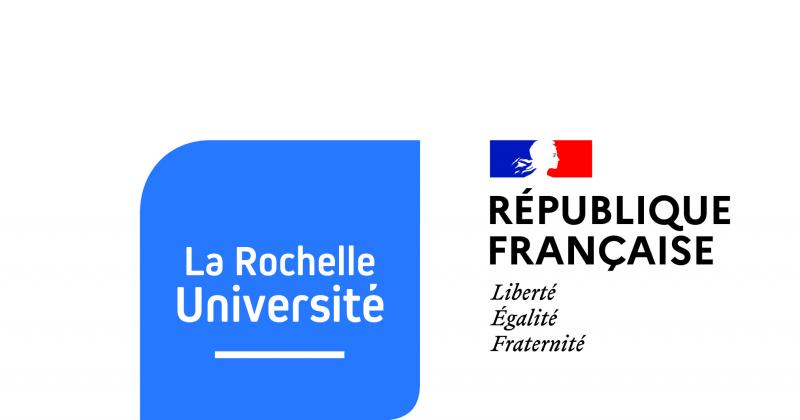
- Génie civil, BTP
Description du sujet
Title of the thesis project: Influence of grain boundaries in high-pressure HYdrogen COASTal storage materials for green hydrogen
Scientific description of the research project
Hydrogen is seen as a clean, mobile energy carrier and source of fuel, as it has the great advantage of being present on the planet in an abundant amount. A genuine ‘hydrogen economy’ is henceforth envisioned. Much of the technology is established from the chemical industry using high-value materials, but cost pressure from investment and maintenance is becoming significant now that these technologies are rolled out at the gigawatt scale. One of the main challenges consists of the development of suitable, cost-effective, and durable materials for the transportation of hydrogen. Indeed, a major concern with hydrogen is that it is very detrimental to the durability of materials. This problem affects the structural materials in various industries, from subsea pipelines to aircraft and nuclear reactors. This severe degradation can manifest itself in several ways, such as a decrease in tensile elongation to cause fracture, or a decrease in the static load that can be supported by the metallic structure, for example. The effects of hydrogen on the ductility, toughness, and tensile strength are known to be significant, as the performance and lifetime of materials are drastically reduced in the presence of hydrogen. This outcome, known as Hydrogen Embrittlement (HE), was first described in 1875 by Johnson. This phenomenon results from a combination of different parameters related to the material’s characteristics, the source of hydrogen (internal or external), and the mechanical solicitations.
Nowadays, coastal areas are quickly becoming one of the main sources of green hydrogen due to their favorable potential for wind, tidal/wave, and solar power to drive water electrolysis. While complementary, these green power sources do show some intermittence, making buffering of the produced gaseous hydrogen in e.g. high-pressure tanks, necessary. These tanks and auxiliary equipment already exist; however, they are currently made from non-optimized materials, due to a lack of understanding in detail of the underlying failure mechanisms. Especially, the most important role of crystal interfaces, such as grain and grain boundaries, is not fundamentally understood.
In this project, the applicants will leverage their complementary expertise in model material synthesis, characterization, and simulation (LaSIE), as well as high-pressure materials testing and atomic-scale analysis (FAU), to gain fundamental insights into the role of grain boundaries (GBs) as critical failure points in hydrogen-facing materials under pressure. Nickel (Ni) is selected as the model material due to its well-characterized behavior and suitability for fundamental studies. The applicants will synthesize Ni single crystals (SX) and bicrystals (BX) at the macroscale, enabling the isolation and analysis of individual grain boundaries and the comparison to boundary-free systems. The central objective of the proposal is to assess and predict grain boundary networks and microstructures that exhibit reduced sensitivity to hydrogen embrittlement through grain boundary engineering.
Programme
SO1: Fabricate the samples with zero or one grain boundaries.
To fill an important gap concerning the effect of GB, it is necessary to have access to experimental knowledge on samples of different, well-defined single GBs.
SO2: Develop a database of material characterization testing on representative grain boundaries in nickel.
There is a strong need to document the effect of GB on the diffusion of hydrogen in metals, using a harmonized building protocol which will be established in the framework of this project. These will be exposed to electrochemical (LaSIE) and high-pressure (FAU) hydrogen in the form of protium and deuterium.
SO3: Develop an atomistic numerical modelling approach for simulating and predicting hydrogen diffusion and trapping at the GB.
In this Sub-objective, the atomistic level investigation will be done to understand the fundamentals of hydrogen embrittlement of GBs and TJs.
SO4: To facilitate the uptake and exploitation of the project results by the academic community, technology developers, and end-users.
Communication is a key lever to ensure that the project effectively reaches specific audiences, promoting the project and its results, generating awareness and interest, and encouraging engagement with the project activities and results. The main strategic objective of the communication plan is to ensure that the project results are widely communicated to the target communities via appropriate means and translated into meaningful and tangible action.
Description of the Doctoral Candidate’s tasks:
Technical program
In La Rochelle :
Crystal growth of a bi-crystal and a tri-crystal
Characterization (XRD, EBSD, TEM) of each grain and grain boundary (a minimum of 4 GBs) and a triple junction
Hydrogen charging (electrochemical), TDS
Mechanical testing with and without H
Modelling application in FEM
In FAU Erlangen :
Gaseous hydrogen charging (cylindrical samples), TDS
Atom Probe
HRTEM at least one bi-crystal and one tri-crystal
Mechanical testing on cylindrical samples with and without H
Secondment in HEREON:
Synchrotron nano-tomography and diffraction imaging to capture 3D defect distributions.
Communication program
Participation in one domestic conference/year and one international conference
Writing of at least 2 journal papers as first author
3 outreach activities (ma these en 180s, et fête de la science, Long night of science at FAU)
Training Program
In agreement with both doctoral schools, La Rochelle and FAU Erlangen
Prise de fonction :
Nature du financement
Précisions sur le financement
Présentation établissement et labo d'accueil
Since its creation in 1993, La Rochelle Université has been on a path of differentiation.
Thirty years later, as the university landscape recomposes itself, it continues to assert an original proposition, based on a strong identity and bold projects, in a human-scale establishment located in an exceptional setting.
Anchored in a region with highly distinctive coastal features, La Rochelle Université has turned this singularity into a veritable signature, in the service of a new model. Its research it addresses
the societal challenges related to Smart Urban Coastal Sustainability (SmUCS).
The new recruit will join the Laboratoire des Sciences de l’Ingénieur pour l’Environnement (LaSIE).
Cotutelle: FAU Erlangen-Nuremberg, Germany. Department of Materials Science.
Etablissement délivrant le doctorat
Profil du candidat
The PhD student applicant should have a master’s degree in Mechanical/Materials Science Engineering with an appetite for both experimental and numerical research. A high proficiency in English is expected, along with a strong capacity for teamwork, adaptability, and autonomy. The student should be aware that the project will take place at 2 universities, FAU and La Rochelle Université, and that a three-month stay at Helmholtz-Zentrum Hereon near Hamburg is planned.
Vous avez déjà un compte ?
Nouvel utilisateur ?
Vous souhaitez recevoir nos infolettres ?
Découvrez nos adhérents
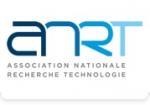 ANRT
ANRT  Institut Sup'biotech de Paris
Institut Sup'biotech de Paris 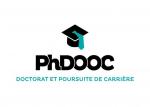 PhDOOC
PhDOOC  SUEZ
SUEZ  CASDEN
CASDEN  Généthon
Généthon  Aérocentre, Pôle d'excellence régional
Aérocentre, Pôle d'excellence régional  Ifremer
Ifremer  Tecknowmetrix
Tecknowmetrix  MabDesign
MabDesign  ASNR - Autorité de sûreté nucléaire et de radioprotection - Siège
ASNR - Autorité de sûreté nucléaire et de radioprotection - Siège  CESI
CESI  MabDesign
MabDesign  ONERA - The French Aerospace Lab
ONERA - The French Aerospace Lab  Groupe AFNOR - Association française de normalisation
Groupe AFNOR - Association française de normalisation 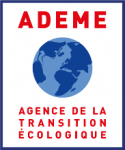 ADEME
ADEME  Nokia Bell Labs France
Nokia Bell Labs France 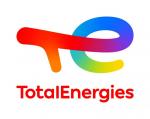 TotalEnergies
TotalEnergies  Laboratoire National de Métrologie et d'Essais - LNE
Laboratoire National de Métrologie et d'Essais - LNE


